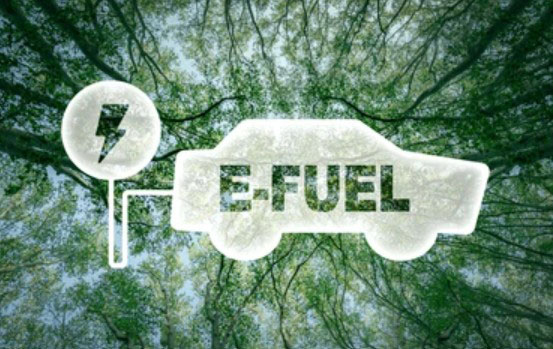March 27, 2019
“The science clearly demonstrates that when higher-octane gasoline is used in engines designed for it, those engines can deliver greater fuel efficiency and lower emissions,” said John Eichberger, executive director of the Transportation Energy Institute. “These new reports go a long way to help answer questions related to the technology, regulations and costs to consumers to transition to a higher-octane gasoline standard.”
“Transitioning the U.S. Gasoline Pool to a Single High-Octane Fuel: A Baseline Analysis” and its companion white paper, “Analysis of the Potential for Increasing Octane in the U.S. Fuel Supply,” deliver objective analyses of the capability of the fuels market to deliver higher octane gasoline to consumers, as well as the regulatory and market dynamics that would be affected by such a transition.
“Transitioning the U.S. Gasoline Pool to a Single High-Octane Fuel: A Baseline Analysis,” represents a benchmark analysis to help guide discussions concerning the various options that might be available when considering a transition to higher octane gasoline.
“Our research team found that a high-octane market could be achieved but would likely require a federal mandate to be successful,” said Eichberger.
The report modeled high-octane fuels containing various levels of ethanol and found that ethanol could reduce production costs but simultaneously introduced compatibility issues within the distribution system that would require substantial investments to address. And if the fuel were not very similar to an existing fuel, the regulatory and transition process could take as long as 20 years or more, the report concluded.
A companion white paper, “Analysis of the Potential for Increasing Octane in the U.S. Fuel Supply,” presented the report’s analysis within the context of other octane-related research and the evolving market and regulatory discussions that transpired in 2018. Whereas the primary report evaluated technical and specific regulatory issues associated with the transition to a higher-octane gasoline market, the white paper aggregates various sources and puts the research into perspective for those who might need to manage a market transition.
“Our white paper combines the learnings of our commissioned report with the findings of the Department of Energy’s Co-Optimization of Fuels and Engines Initiative, additional analysis released by U.S. CAR, and various consumer and market data analyses prepared by NACS to provide a high-level overview of the issue,” Eichberger explained. “The aggregation of these learnings, presented against the backdrop of policy discussions in Washington, D.C., provides context that is essential to understanding the complexities of this issue.”
“These new publications show that transitioning to a high-octane market is feasible, but there are hurdles that must be acknowledged and accommodated. The white paper specifically makes it clear that consumer education prior to initiating the transition is critical because consumers are very sensitive to fuel prices and don’t understand what octane is,” said Eichberger.
Both reports published by the Transportation Energy Institute can be downloaded free-of-charge at www.fuelsinstitute.org/research





